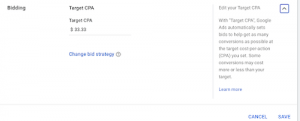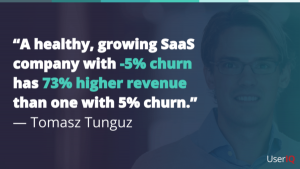
When I was 23, I joined a new company in a new role for the first time since I started driving forklifts in college to make ends meet. It was overwhelming.
I had to learn a thousand things, fast. Learning all the new policies and procedures was devastatingly confusing. I’d never felt so lost.
The training process was consisted of daily shadowing for about a month, with plenty of opportunities to ask questions. The problem, I’d find out later, was that I didn’t know what I didn’t know…so I didn’t know what to ask about.
That experience has driven me to design training experiences that help new employees not feel like I did. And, what’s more, I discovered that new employees can actually be empowered to succeed before they even show up to the office.
Here’s how…
Start Training Before They Start Working
If the first training your new hire experiences is at 9am on their first day of work, you’re already behind the curve. Get them looped into the learning before they arrive.
If you use a Learning Management System, create an orientation course that introduces them to the team, leaders, vision, products, etc. Give them the chance to show up not feeling like the only one who doesn’t know anything.
Cover Everything, But Not for Everyone
There are certain things everyone needs to know. For example, how to submit a request for reimbursement or how to ask for time off or what’s appropriate to wear. Other things, like how to use the company CRM or the procedure for addressing conflict, are only meant for specific limited audiences.
When planning your content, first map out each learner profile. Your learner profiles should describe each unique type of learner, their needs and challenges that training can address, and the most optimal method of training (covered below).
Time-box Initial Training
Each employee should be able to complete 100% of the new hire training within the same period of time. For example, many food service businesses have to prove that every employee has been trained on food safety within 90 of starting.
90 days is a reasonable amount of time. If you set your limit much longer than that, you’ll have a lot of employees with a less-than-desirable amount of knowledge.
Different Learning Goals Require Different Training Methods
I’m a fan of online learning. It’s efficient, effective, cost-effective, and always accessible for future reference. However, not all skills are best taught through a computer screen or mobile device.
One of our customers is the Maple Street Biscuit Company. Their biscuit-making methods require a special touch that can only be learned by “getting a feel for the dough.” While they use our training platform for lots of things, making biscuits isn’t one of them. That skill is better learned by shadowing and practicing.
Similarly, sometimes you want to train in a live setting instead of on-demand. Hosting regular webinars is a great way to let new employees participate in real-time training without having to be physically present.
Do Yourself a Favor and Automate as Much as Possible
Putting out new effort to teach redundant content is ridiculous. Don’t do it. If you teach the same thing more than a few times to similar audiences, make it digital and on-demand.
Record a video, write it down, take pictures; somehow, turn that repetitive training into an automated learning experience. A Learning Management System or online training platform is perfect for delivering that content and still making sure your training hits home. We call that “closing the training gap.”
Business & Finance Articles on Business 2 Community
(37)









